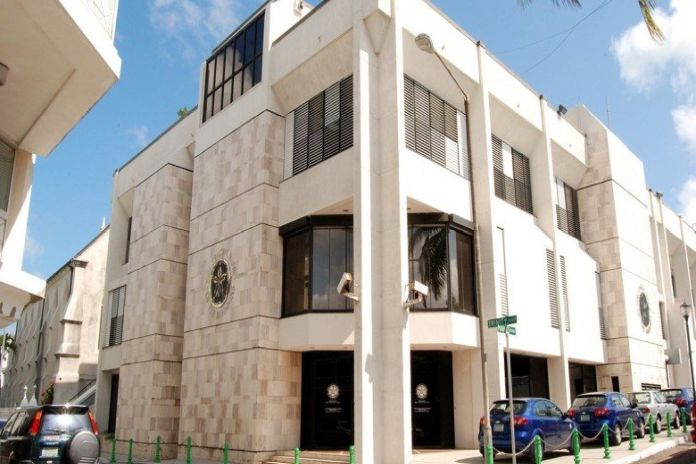By Chester Robards
NASSAU, Bahamas — The country’s national debt is expected to hit $9.5 billion, 82.8 percent of the country’s gross domestic product (GDP), given the economic environment produced by Hurricane Dorian and the global COVID-19 pandemic, according to The Central Bank of The Bahamas’ (CBOB) Quarterly Economic Review (QER) for the second quarter of 2020.
The CBOB report, in its 2020/2021 budget highlights, rehashed that the country’s deficit-to-GDP ratio will increase to an historic 11.5 percent, after the government attempted to shoot for a one percent result in the beginning of its last budget year – before Hurricane Dorian.
The report cites the government’s response to Hurricane Dorian and the COVID-19 pandemic, the crises that pushed the country far into a deficit-to-GDP danger zone.
“Given the announced measures, the government anticipates a considerable reduction in revenue intake and a rise in expenditure, in comparison to the prior year’s originally budgeted target,” the report states.
“Specifically, total revenue is forecasted to decline by $865.6 million (32.9 percent) to $1,762.5 million, vis-à-vis the previous budget, owing to a falloff in both tax and non-tax collections.
“Tax collections are projected to contract by $826.9 million (35.3 percent) to $1,513.4 million, compared to the FY2019/20 budget. Similarly, non-tax revenue is forecasted to decline by $38.6 million (13.5 percent) to $247.1 million, as lower anticipated proceeds from sales of goods and services; and fines, forfeits and administrative fees are expected to overshadow the forecasted growth in reimbursements and repayments and property income.”
The CBOB explained that value-added tax (VAT) receipts are expected to decline by $433.8 million to $666.3 million, a softening of 39.4 percent. It added that taxes on international trade transactions are expected to decline by $151.8 million to $337.4 million, or 31 percent.
On the expenditure side, COVID-19, Dorian stabilization, social support and stimulus measures meant expenditure allocations rose by $324.6 million to $ 3.1 billion, or 11.7 percent.
“This mainly reflected a surge in capital outlay provisions to $515.5 million, compared to the prior budgeted $235 million. Further, planned current outlays increased modestly by $44.1 million (1.7 percent) to $2,574.1 million,” the report states.
“By economic classification, the targeted rise in current expenditure reflected higher allocations for social assistance and benefits, by $91.2 million (48.8 percent) to $278.2 million. In addition, spending for public debt interest payment is predicted to grow by $25.4 million (6.8 percent) to $396.9 million and for subsides, by $12.9 million (3.6 percent) to $370.9 million. “
Republished with permission of the Nassau Guardian





